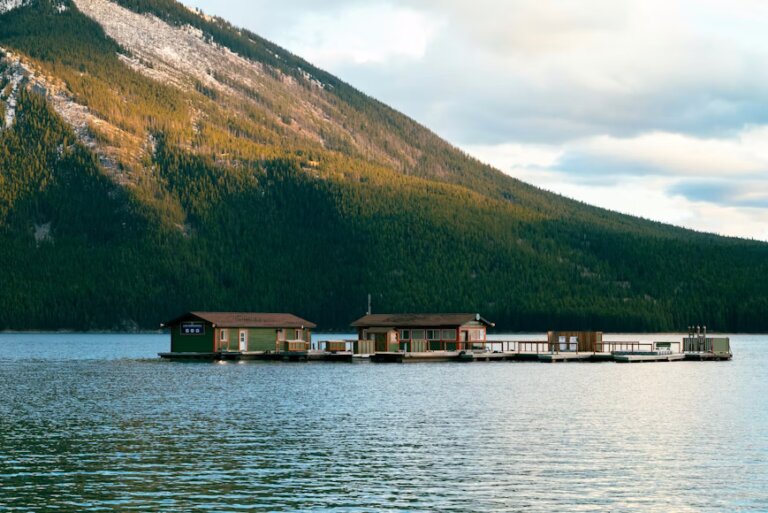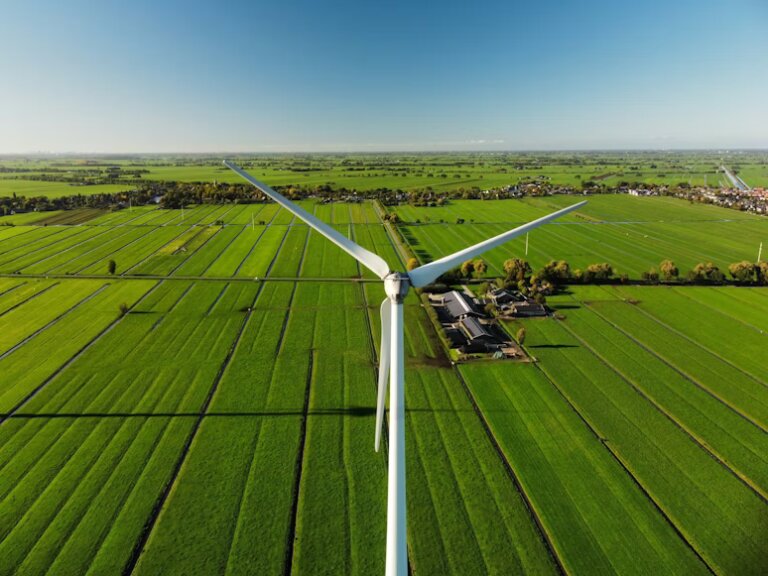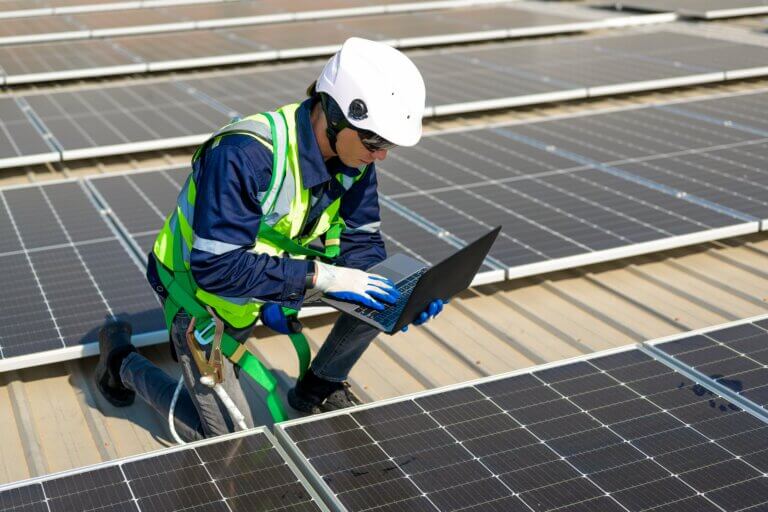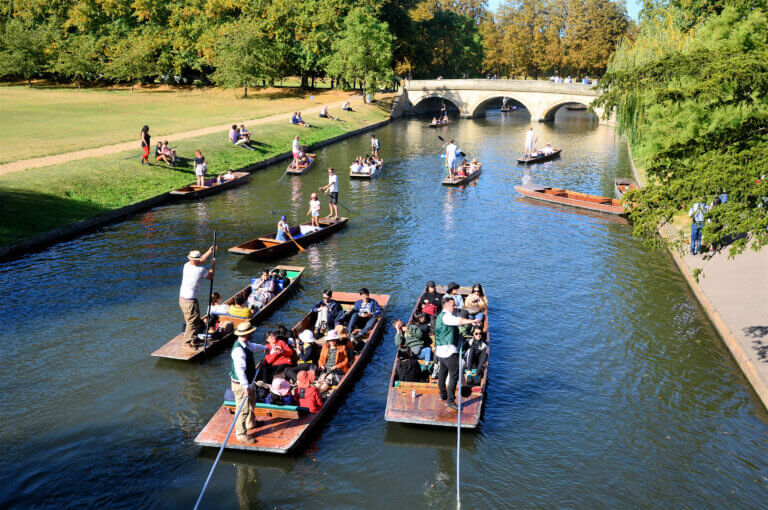The Homeowner’s Checklist for a Green, Healthier Home: 8 Maintenance Tasks to Consider
Ask a friend or neighbor why they’re greening their property, and they’ll talk about energy savings first. However, home sustainability promotes better health. The National Library of Medicine reports that living in green buildings is linked to fewer incidents of headaches, asthma attacks, and other diseases.
Creating the ultimate eco-friendly home has been associated with solar panels and energy-efficient household items alone. People rarely think about how maintaining their home makes it sustainable and healthy. Maybe they lack awareness or ignore the tasks that make homes greener. This post explores the top eco-conscious maintenance tasks every homeowner should prioritize to make their home healthier.
Indoor Air Improvements
Did you know that the air inside your house isn’t safe? Indoor air contains contaminants, from dust to carbon monoxide and pet dander. All these pollutants affect occupants’ breathing and mood. How do you address air pollution naturally? Clear clutter and keep windows and interior doors open.
The exhaust fans in the kitchen and bathroom should remain on to reduce moisture and prevent mold growth, which can cause respiratory issues. If there are unpleasant odors, don’t rush for the best-smelling air freshener. Use coffee, houseplants, or citrus fruit peels to eliminate foul smells.
Insulate the Green Way
A well-insulated home offers improved temperature control, reduced energy waste, and helps keep pests and allergens out. That said, seal gaps around windows with natural fiber rope caulk made from cotton, hemp, or jute. For the spaces between doors and door frames, fit foam tape.
Buy those with plant-based adhesives and biodegradable materials. When insulating the attic, choose sustainable materials like denim, cellulose, sheep’s wool, wood fiber, and cotton. Don’t forget to seal electrical sockets with durable sealants, such as silicone gaskets or ethylene-vinyl acetate (EVA) foam, to improve energy efficiency.
Service the Boiler
Homeowners who maintain boilers in perfect condition report lower water heating costs in homes and fewer breakdowns. However, this isn’t the only reason for servicing your home’s boiler. Maintenance prevents gas leaks and carbon dioxide poisoning.
Start with easy DIY tasks, such as monitoring the heater’s pressure and keeping the area clean. You still need a certified engineer to analyze flue gases and ensure the oxygen and carbon dioxide mix properly. A professional will also clean heat exchangers and burners to improve heat transfer and efficiency.
Clean or Replace HVAC Filters
What happens when the air filters in your HVAC are dirty and clogged? The system operates more heavily and discharges contaminants into the atmosphere. This results in higher energy consumption and health concerns. What should you do? Clean filters with lukewarm water and green detergents every month. If you can’t clean the filter because they’re too soiled or clogged, replace it with a HEPA or high-quality, efficient option.
Install Water-Saving Fixtures
Eco-friendly homes use less water, helping preserve natural reserves. And you can conserve water by installing eco-rated water fixtures. Low-flow showerheads, for example, use 50% less water while still delivering a satisfying spray. You could also install water-saving faucets or replace aerators on existing faucets.
Aerators help conserve water by adding air to the stream to increase flow velocity. Don’t forget to check for water leaks and fix them to prevent waste and moisture that can cause respiratory infections.
Repaint with Low-VOC Paints
Can you handle home upkeep without adding a fresh coat of paint to the walls or doors? The good news is that there are eco-conscious paint options with less or zero fumes or toxins linked to headaches and breathing problems. That said, choose water-based paints or those made with natural ingredients such as plant-based oils, clay, beeswax extracts, chalk, or mineral pigments for color.
Deep Clean Eco-Consciously
Instead of relying on chemical-based detergents or sprays for deep cleaning, use non-toxic or organic cleaning products. For instance, make a cleaning paste with baking soda and water. You can also make a cleaning spray with white vinegar, water, and essential oils. When choosing scrubbing materials, cotton or microfiber cloths are better than single-use paper towels. For hard surface scrubbing, use bamboo brushes or natural sponges.
Appliance Upkeep
Maintenance keeps electronics working efficiently. And that keeps utility bills down and reduces your carbon footprint. There are health benefits to cleaning appliance filters and vents of mold, dirt, and germs. With zero contaminants hiding inside appliances, bacteria and pollen can’t become airborne and cause sickness. Plus, serviced appliances promise safe operation, free of hazards such as electrocution.
Being consistent with sustainable home maintenance practices conserves water and energy, and more. Your household becomes healthier, with fewer complaints of headaches, breathing issues, or eye problems. Part of your property’s sustainability efforts should focus on appliance servicing. That’s cleaning vents, filters, and coils. Improve indoor air quality, use organic detergents, insulate, and install water-saving faucets and showerheads.





 Coastal cities are more vulnerable to the effects of climate change. Sea levels are rising
Coastal cities are more vulnerable to the effects of climate change. Sea levels are rising 



